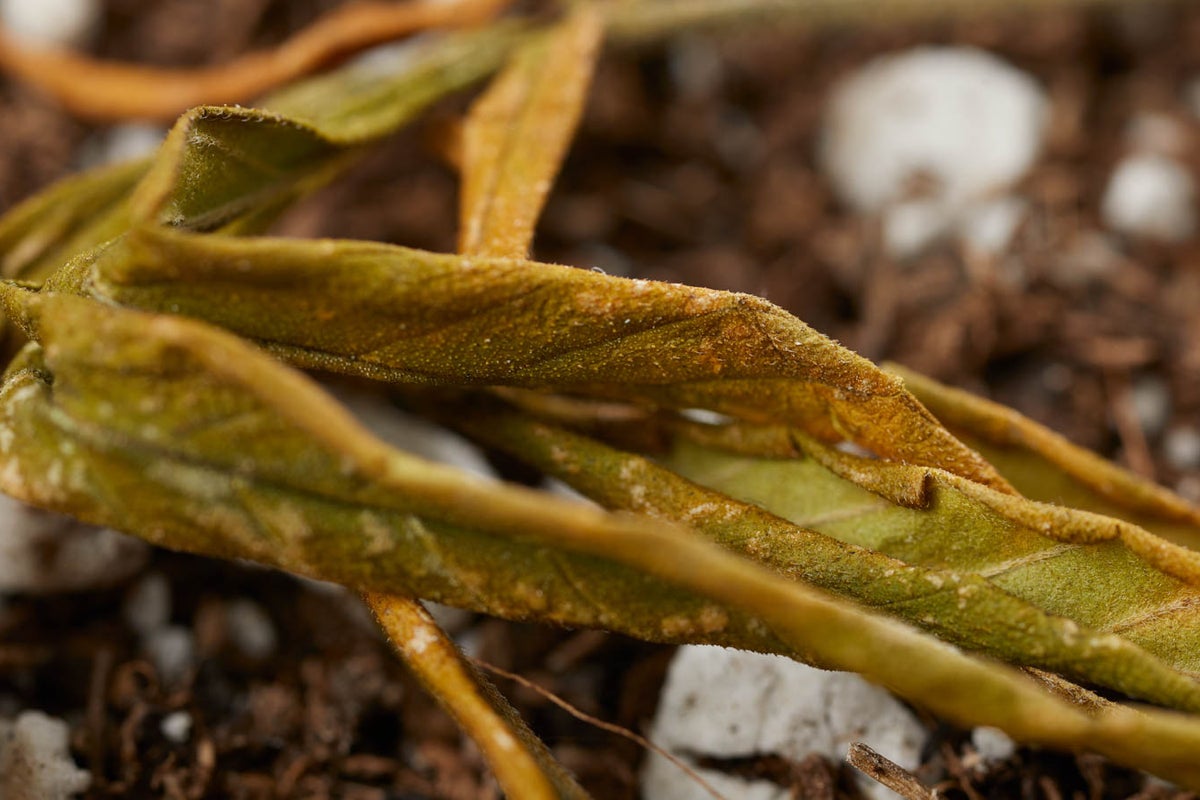FRANKIE1579
Member
Just thought I'd post this here. For all those people saying VPD don't matter, well it sure did for me. I chased my tail for 3 weeks, concocted about 50 different nutrient recipes on different plants, different PH, sat and stared at root balls for 10 mins and freaked out when I saw a stupid soil mite move. And it was all humidity. Hopefully this helps someone.
https://www.icmag.com/ic/showthread.php?p=7633589#post7633589
https://www.icmag.com/ic/showthread.php?p=7633589#post7633589



